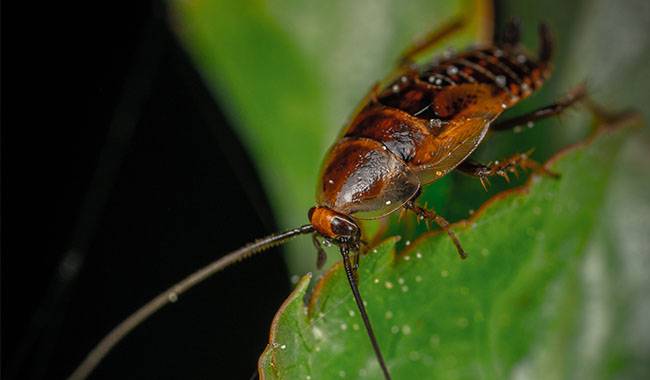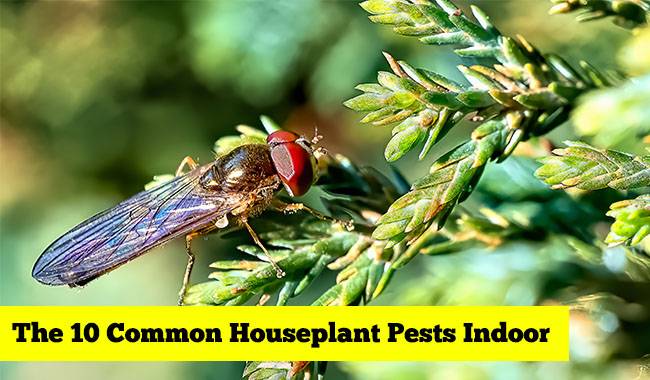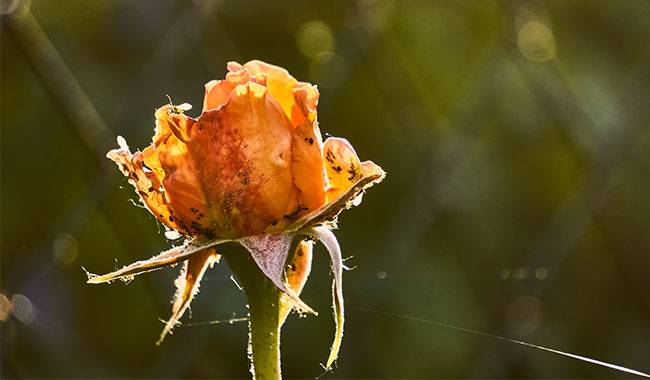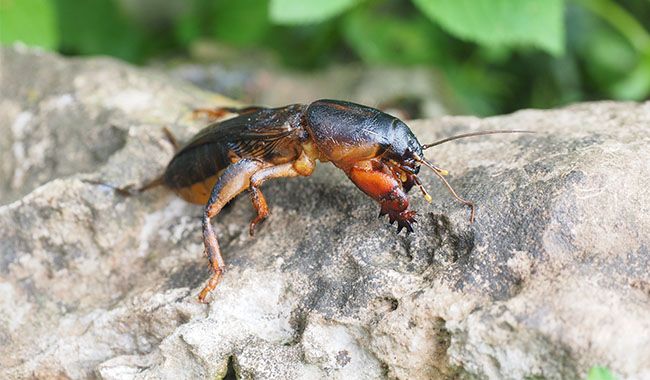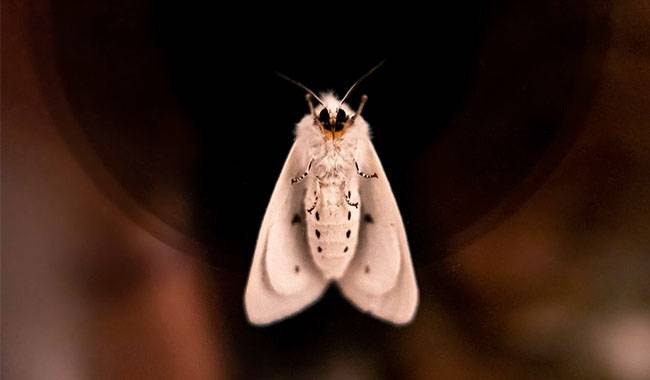
Whiteflies are tiny, 1.5-3 mm insects with translucent elfin wings that are a formidable pest of green plants, especially in confined spaces. No chemical, not even the most toxic, has been able to “root out” whiteflies. Each year it returns to the greenhouse with rare fortitude, causing a new wave of relentless and sometimes futile resistance.
Why does this happen? What needs to be done to rid greenhouses and surrounding areas of whiteflies attacks?
The big problem of protecting vegetables and other crops from white whiteflies in the greenhouse most often comes to the beginning gardener. You might think that a few sprays with a strong insecticide will eliminate white whiteflies! Actually, no. No! During their natural development, whiteflies have developed a unique ability to survive. And there are two such moments in their developmental cycle.
- an ovipositor protected by a special waxy substance that is powerless against insecticides.
- In the case of the nymphal stage, the stage where she stops eating to save her life and “give birth” to the egg-laying insect, also covered by a wax-like substance that is inaccessible to the vast majority of toxic chemicals. The hatching female has time to lay dozens of eggshells during her designated period of life, of which the larvae have a 90% survival rate. At all stages of development, about 80-90% of the worm reaches the pupal stage – the entire army of pests. In one season, white whiteflies manage to form 15 or more generations, and their development cycle lasts only 25 days. In autumn, it enters any crevice where it can survive in bad weather, especially under thick layers of snow.
Analysis of the literature and our own experience shows that those who fail to get rid of whiteflies and make them return to the greenhouse, again and again, violate the basic rules of pest control. To eliminate whiteflies, preventive measures are taken every year, including treatment of greenhouses and surrounding areas in autumn and spring.
PREVENTION EFFORTS FOR WHITE WHITEFLIES
For these tips to work, they need to be fully implemented. Pulling individual lines, doses, and treatment periods from the article will not have a positive impact. More often than not, this effect will be limited to one season.
Carry out all preventive fall work in the greenhouse
Empty the greenhouse completely. If necessary, cover the floor with aluminum foil and disinfect all parts of the greenhouse interior. It is very important to treat hard-to-reach corners, crevices, spaces between frames, etc. Accessible areas can be painted, and hard-to-reach areas can be blown with disinfectant. For white whiteflies, it should be a substance that can dissolve the protective shell of the ovaries.
- Creolin solution (cypermethrin), also known as stink water, works similarly to insecticides in water-soluble powder form.
- Aerosol (“modern European insecticide preparation”)
- A solution of industrial alcohol (vodka) mixed with water in a ratio of 1:1. The mixture dissolves the protective layer of insect eggs and destroys the eggs of whiteflies. A solution of alcohol and water works well to destroy whiteflies at any stage of development, as well as when spraying plants. Dissolve 2 tablespoons of 96% alcohol in 0.25 Gal (1 liter) of water and spray on the plants.
It is necessary to literally clean all hard-to-reach areas (remember that whiteflies are no more than 3 mm in size, and any crevices can reach it).
- Repeat spraying of all parts of the greenhouse with Actara within 2-3 days after the first treatment, producing additional effects and destroying all the progeny of whiteflies, including adults.
- The use of hormonal chemicals, such as Match Insecticide, is effective. However, they work only to destroy the eggs and larvae of the insects. These chemicals do not work on adults and require additional treatment for adults. You can additionally treat with Actara Insecticide and other chemicals.
It is better to treat the greenhouse in the evening, in windless weather, taking all protective measures against toxic substances (goggles, respirator, jacket, pants, boots, helmet).
After finishing the walls and all floors, you will need to disinfect the soil
Whiteflies do not tolerate alkaline environments. Therefore, the first step is to dig into the soil with slaked lime, ash, or other powdered preparations. Spread slaked lime in the soil at a rate of 100-200 g/11 sq ft and dig a layer or 4-6inch (10-15 cm) over the newly applied soil. Ash – 2-3 cups per 11 sq ft/. Use other substances as recommended.
The final autumn string of work on the control of white whiteflies is the fumigation of the greenhouse. For fumigation, you can use a special sulfur checker or Gefest tobacco checker. The latter can also be used during the growing season of greenhouse crops. The smoke will not harm the plants. If you do not have ventilation, you can use sulfur smoke spread on metal trays at a rate of 50-80 grams per 265 Gal of greenhouse space. The greenhouse should be well insulated. Ventilate the greenhouse after 2-3 days. Fumigation allows the gas to penetrate into the soil and cause the death of overwintering larvae and adults. Please note! The fumigation method does not harm whiteflies’ eggs. Additional soil treatment is necessary.
White whiteflies and their progeny do not tolerate low temperatures. Therefore, it is effective to freeze the greenhouse and lower the temperature to minus 59-68°F (15-20°C) after the operation is carried out.
Some greenhouse managers believe that if the roof of the greenhouse is open and there is a lot of snow there, this is enough to kill whiteflies. No! It can overwinter well under snow.
Therefore, the frosting should be done before snowfall or in early spring to remove its excess. In open spaces only, whiteflies cannot survive in winter conditions. If there are no low winter temperatures in the area, all disinfection measures should be carried out, and the preparation (before planting in autumn and spring) should be done by fumigation.
PREVENTIVE CLEANING OF THE GREENHOUSE AREA
It is necessary to remove all debris and tools from the greenhouse and surrounding areas. Clean, rinse and place in an annex with the same winter temperature as the street temperature (natural frost). Do not forget to disinfect this outbuilding beforehand.
White whiteflies can be eliminated from the greenhouse, but they will certainly reappear – from neighbors, purchased seedlings, from weeds, eggs, and adults overwintering on them. Therefore, it is also very important to keep the area adjacent to the greenhouse clean.
Be sure to eliminate all weeds, especially gout, nettles, and mocressa. You can surround your neighbors with a wasteland lawn on which to plant plants that attract whiteflies. A small layer of dill, celery, and parsley plants will act as a natural barrier for whiteflies. They are colonized by raiders, damselflies, ladybugs, lacewings, and other predatory insects that kill pests. You can grow fragrant amaranth in your lawn and greenhouse. There is a sticky substance on the leaves of amaranth that acts as a natural adhesive on which whiteflies die. Some gardeners recommend growing Ageratum in greenhouses.
You are advised to be careful with this plant. It contains coumarins, a substance that is dangerous for humans, especially for people with allergies. The alkaloid vapor (and it is hot in the greenhouse) can cause bleeding if it comes in contact with mucous membranes. However, this plant can be used outside in temporary lawns or flower beds, and it will successfully eliminate white whiteflies. Mint and salvia are attractive to whiteflies. Their smell always attracts adults. By treating the lawn in summer and mowing it in winter, you can protect vegetable crops from white whiteflies from outside.
CONCLUSION
Dear readers
This article describes only some of the ways to protect your greenhouse from white whiteflies. This article reminds us that complete protection of greenhouse crops from pests is only possible when a series of tasks are carried out. 1-2 sprays are only a temporary escape from the problem. For more information on garden pests, including development, reproduction, and control measures during the plant growing season, see “More related information about Garden Pests.”
More related information about Garden Pests




